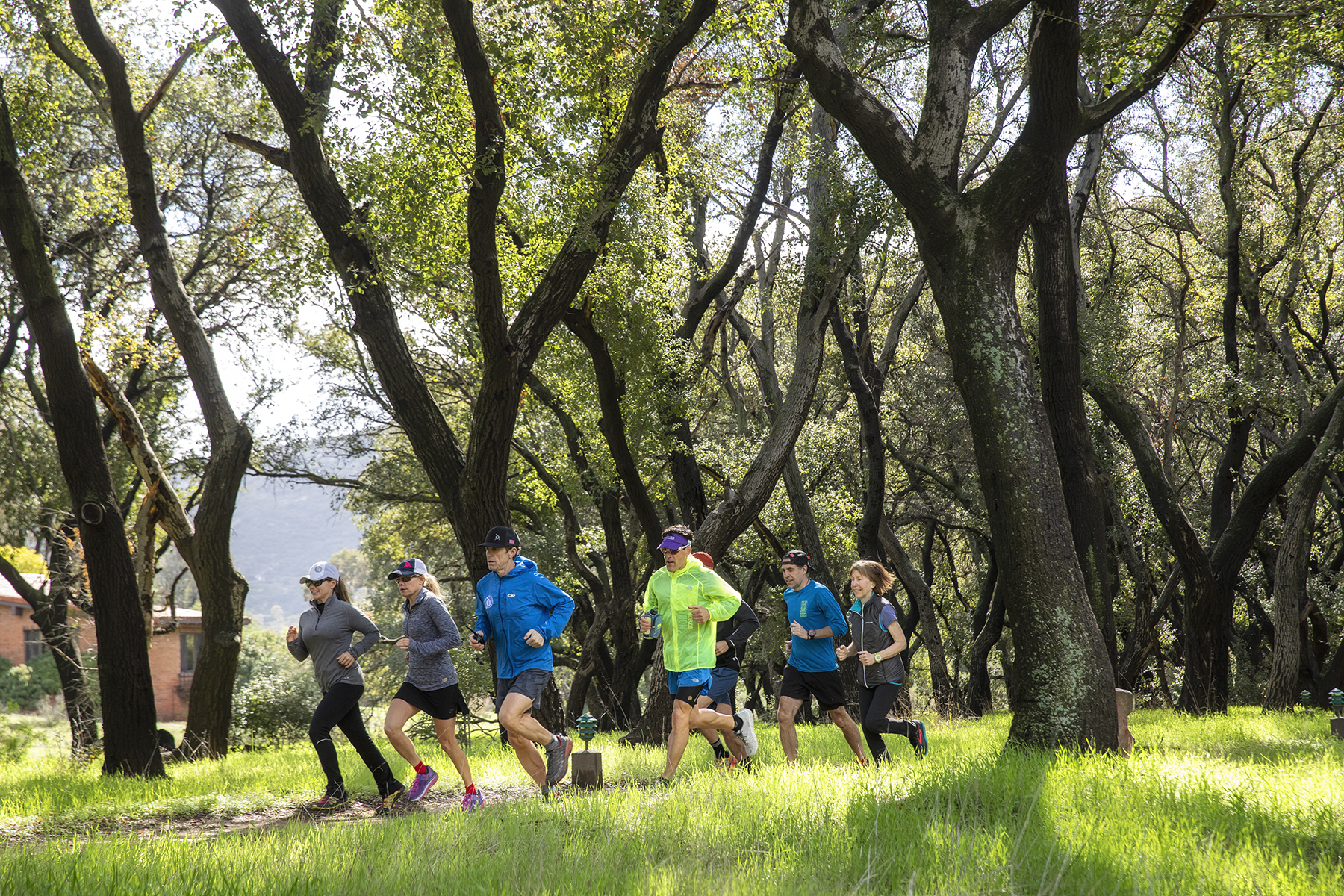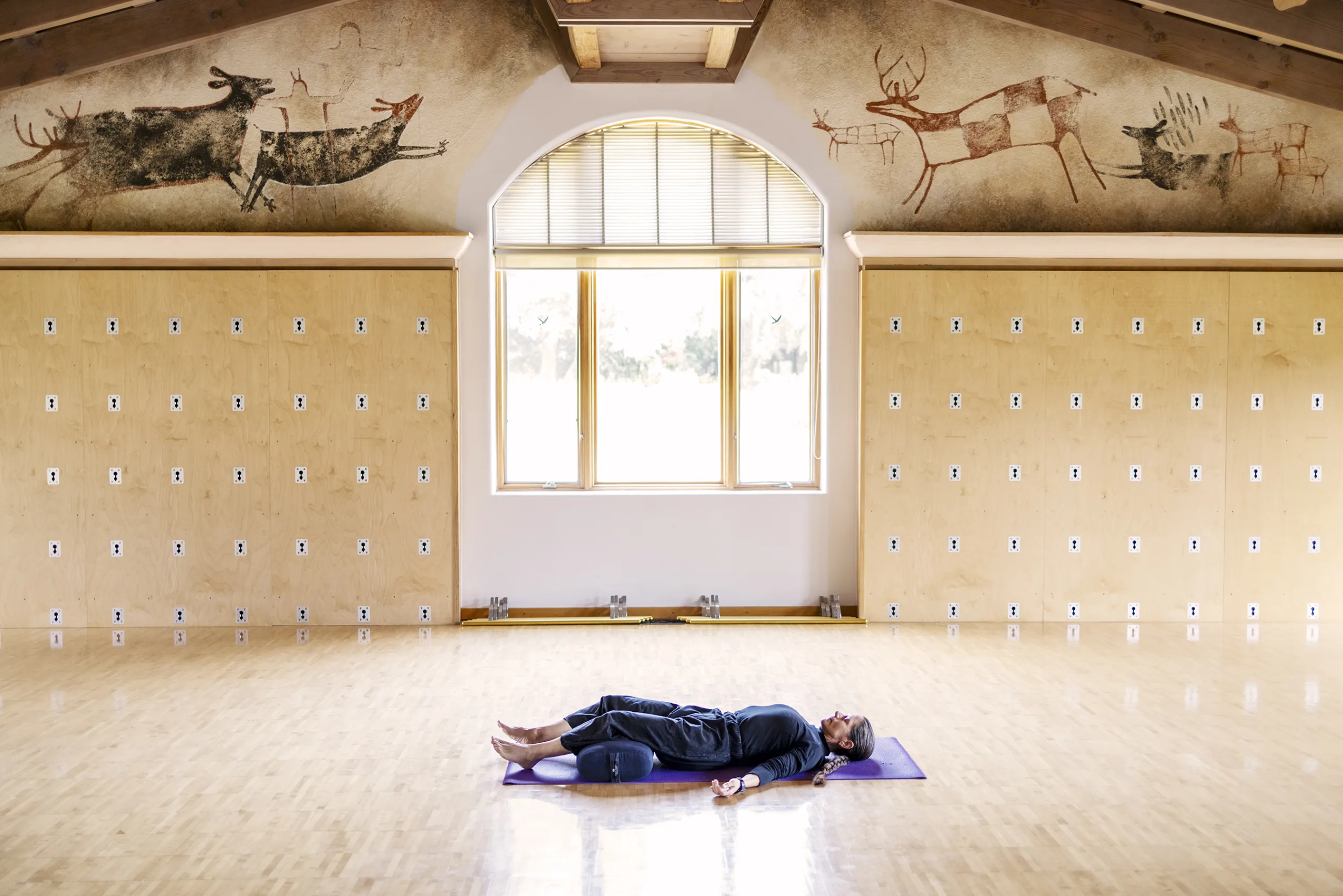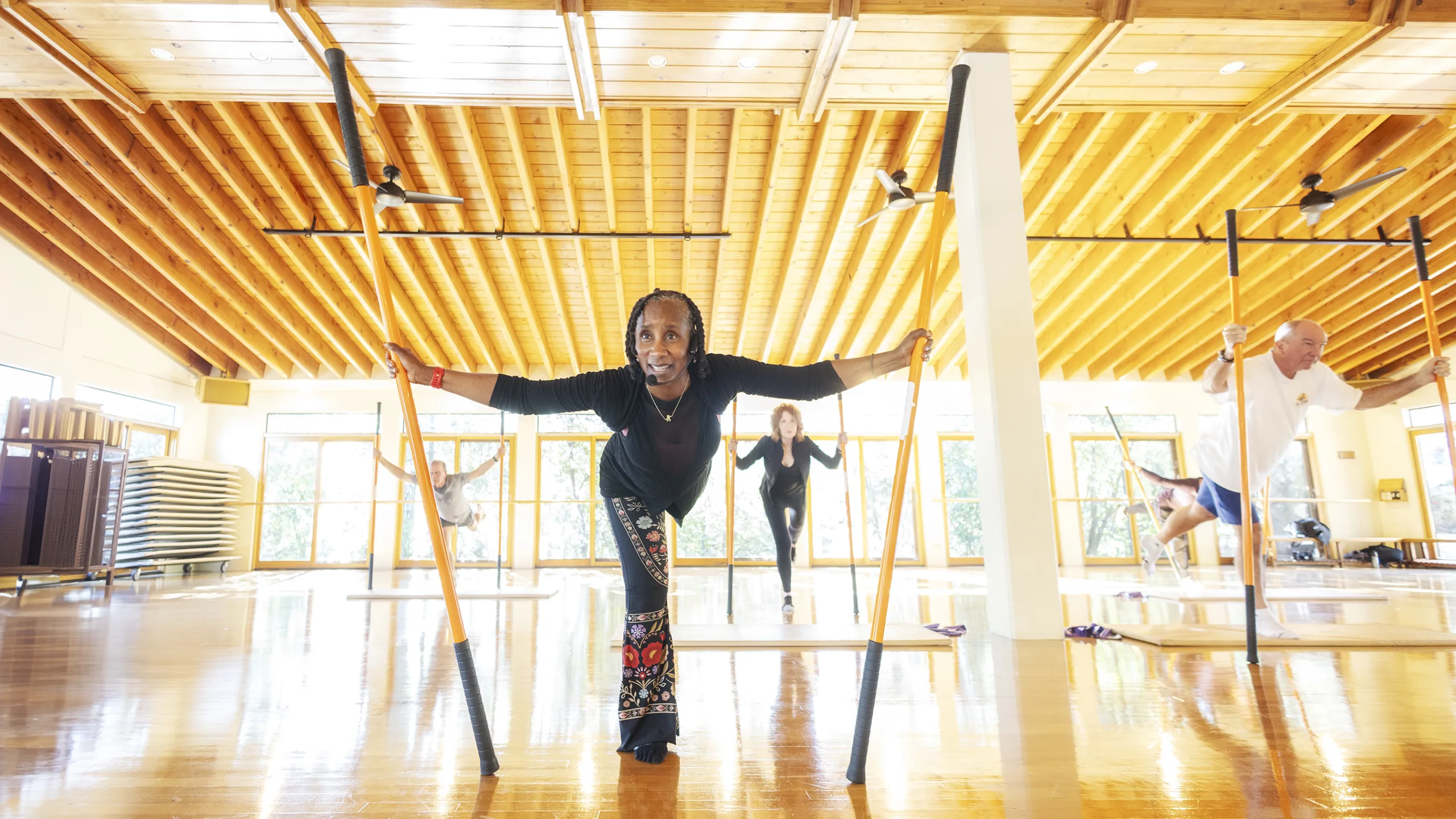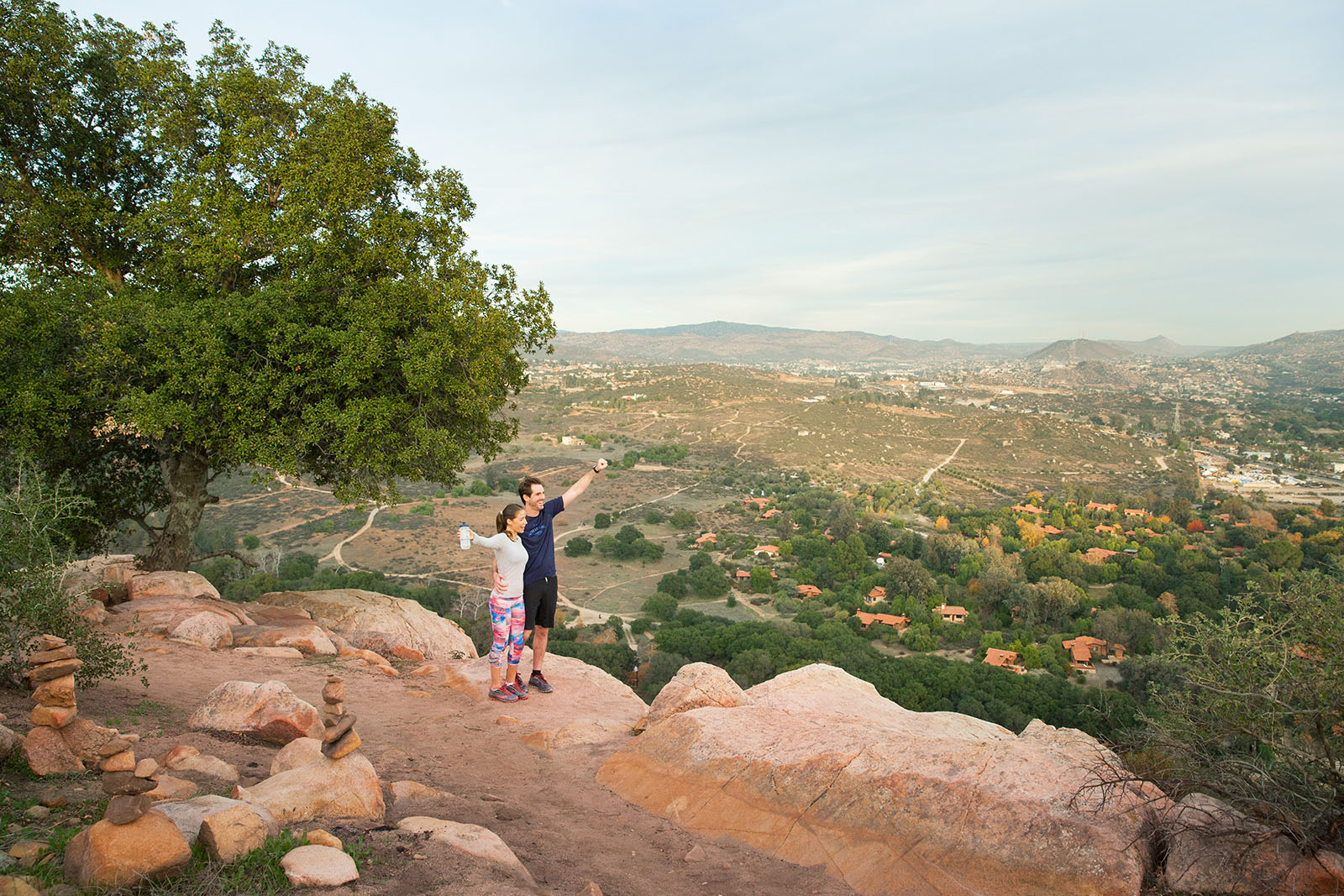Running Gait

It seems like most of us were natural runners when we were kids. Barefoot or laced up, many of us have memories of warm summer days where we skipped or ran down the sidewalk to reach a friend’s house to play. As we get older our relationship to our bodies and running changes. We can form bad habits which can accelerate aches and pains to our knees and ankles.
Your gait is the way you walk or run; it’s the way you move your body as you propel forward. Your posture and the way your foot connects with the ground are essential for the long term performance of your joints and stress on your body.
The Ranch’s weekly running clinic takes advantage of video and the expertise of Fitness Instructor and Running Coach Jennifer DeMarco to help guests fine-tune their gait. Here are a few tips and insights she covers during the clinic:
- In some cases, gait is best left “as is.” Your body may have a preferred biomechanical way of running, and making significant changes to the motor pattern may result in injuries. This is true mainly if the new motor pattern, stride, or foot strike, is introduced too quickly for too significant a percentage of the total mileage.
- Since we have a week with Ranch guests in the running clinic, and we have a wide variety of experience levels represented, we focus on two simple things: getting the center of mass moving forward with greater ease and efficiency and suggesting a mid-foot strike to minimize over-striding and heel-striking.
- In our clinic, we take a video of runners from the side while they are running with their accustomed gait. We are looking for body position relative to the vertical central axis and also looking for the point at which the forward foot is striking the ground. In many cases, what we see in the video is a tendency to be very upright in the posture—in some cases, the body is leaning slightly backward relative to the vertical central axis. Both the upright position and the backward lean can lend themselves to heel striking and over-striding, and both are less efficient.
- The optimum running position brings the central axis of the body slightly forward of vertical—it can best be described as a “lean from the ankles.” Ideally, this lean is about 10 degrees ahead from vertical. It is essential to move forward with the entire body mass, not just leaning forward from the waist.
- We then do a series of simple drills to reinforce this slight forward momentum and the mid-foot strike so that runners can feel and develop kinesthetic awareness. This new position allows for less work and propels the body forward.
- Once we’ve worked on gait and body position, we transfer these concepts to uphill and downhill terrain.
- Downhill running presents a challenge due to natural apprehension, that fear your body is leaning downhill. It takes a bit of trust and courage to maintain a light, quick foot turnover along with a mid-foot strike.
- Making these changes requires constant, mindful “checking-in” throughout the run. It also needs constant adjusting to the terrain.
- Greater stride efficiency is essential for runners who are seeking to improve their running times OR for those who find greater enjoyment and fewer pain patterns associated with their training runs.
Always keep in mind that it’s important to introduce changes slowly and allow your body to adjust to new moves.
In addition to our weekday runs and clinic, we also host specialty running weeks.
¡Te veo en los senderos! See you on the trails!



